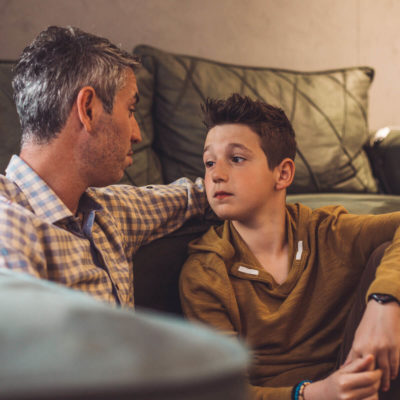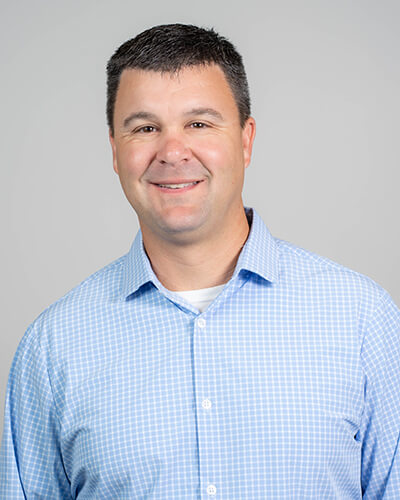
Is Your Child Being Bullied? Here’s How You Can Help
January is “No Name Calling Month.” For many of us, the tendency to shrug off such a titled month is remarkably high. Many people think, “what’s the big deal?” and “kids will be kids.” Many of us may remember times during our formative years where we experienced some form of name calling and/or bullying. We minimize the significance of these events with phrases such as “it didn’t kill us” and “it’s part of growing up.” While in the majority of the cases this is true, it still does not eliminate the implications of name calling and bullying to many kids today.
Furthermore, the existence and pressures of social media have allowed name calling and bullying to reach levels today that most parents would never have imagined. Let us examine just some of the statistics we have on bullying and name calling from 2019:
- In 2019, roughly 160,000 kids decided to skip school to avoid being bullied
- Only 36% of student report their bullying and 64% choose silence
- 75% of school shootings have listed bullying and name calling as their primary motivation
- 30% of kids admit to bullying others
- 41% of school staff report seeing bullying at least once a week
As you can see, the prevalence of bullying and name calling is rampant in today’s children. While name calling or verbal bullying is the most common type of bullying today, it exists in other forms such as physical, social, and cyberbullying. With the introduction of technology, cyberbullying will perhaps become the most dominant and dangerous form of bullying/name calling in the extremely near future.
Technology allows the kids the presumptive shield of anonymity and allows bullying and name calling to be conducted without the real time effects of their actions. Apps today that allow kids to “like” and “dislike” pictures of comments of others are often used as a bullying platform. These actions are even more dangerous than simple name calling because they allow the bullying to be witnessed by countless others and also offer a concrete, black and white reminder of the episode that kids can see over and over which greatly magnifies the impact.
As parents and people of authority, we may wonder what we can do to stop name calling and bullying. First of all, we can be proactive and ask our kids what they are struggling with. As stated, many kids choose to remain silent and may never divulge his or her feelings without a caring nudge. Secondly, we must validate and believe what kids report to us. Many kids must work up the courage to even tell an authority figure about a bullying episode. Minimizing the significance directly to them will only decrease the chance the child will be truthful about bullying in the future.
Next, when we witness bullying, it is important to speak directly to the source of bullying. Use the situation as a learning experience for the person who is instigating the bullying. Many bullies have been bullied themselves so this may be an opportunity to help the actual bully as well. Do not underestimate the power of intervention and the spoken word to kids. All kids deep down want direction and order. Your voice may be the source of that for a bully of the world.
Finally, the old adage of “sticks and stones may break my bones, but words will never hurt me” could be no further from the truth. If we are all honest with ourselves, we can remember our mental hurts much more vividly than any physical pain. Let us all work together to encourage positive word choices and be sources for our world to combat bullying in our children.

